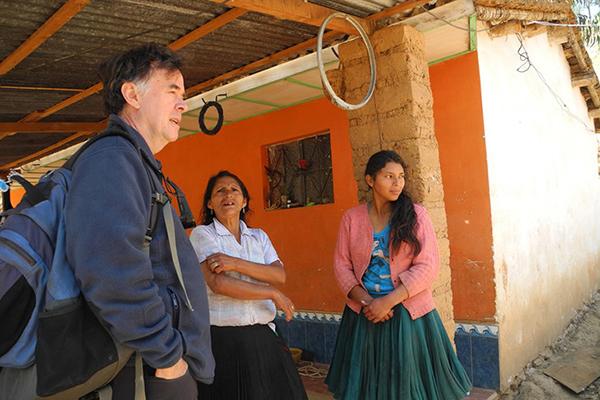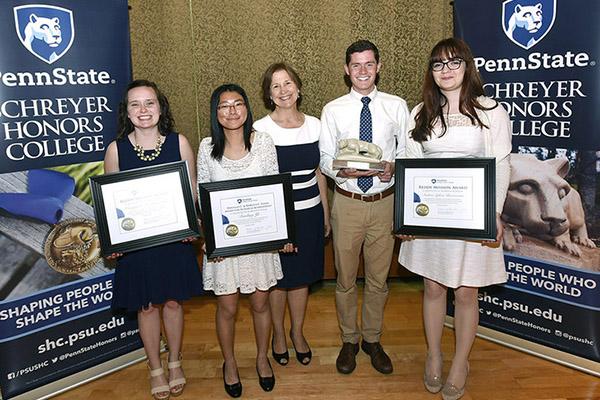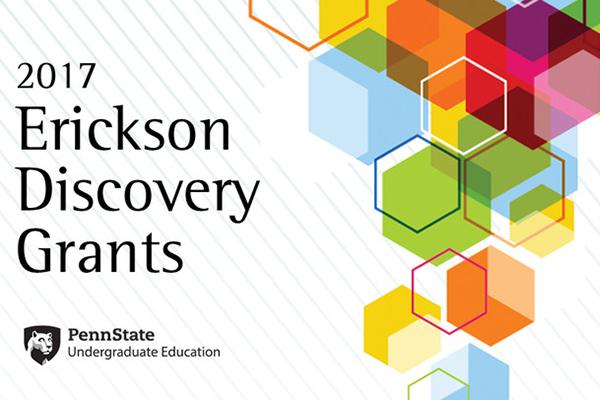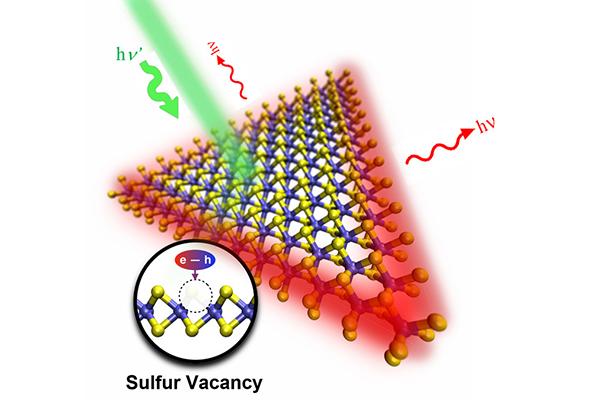-
About
-
Who We Are
-
Our Excellence
-
Enrollments
-
Strategic Initiatives
-
-
Academics
-
Programs
-
Certificate Programs
-
Programs beyond the classroom
-
Weather Education and Outreach
-
Study Abroad/Study Away
-
-
Undergraduate
-
Current Students
-
Student Resources
-
Undergraduate Staff
-
Beyond the Classroom
-
-
Graduate
-
Grad info block
-
Future Students
-
Meet our Graduate Students
-
Visit Us
-
Current Students
-
-
Research & Faculty
-
About Our Faculty
-
Faculty Directory
-
-
News & Events
-
Alumni & Donors
All News
Integrative approach needed to protect crop biodiversity, researcher says
In a commentary in the April issue of Nature Plants, Karl Zimmerer, professor of geography, argues that a comprehensive approach to protecting the human use of biodiversity of agricultural crops is vital to a sustainable food future that addresses global hunger, increasing populations and changing climate.
Schreyer Honors College presents graduating scholars with awards
The Schreyer Honors College distributed four annual senior awards to Scholars at a reception in the HUB-Robeson Center's Alumni Hall.
Army captain balanced military training, deployment while completing his degree
Army Capt. Andy Duhon balanced his coursework with his military service and family as he earned his master’s degree through Penn State World Campus.
Graham and interdisciplinary team awarded PNAS Cozzarelli Prize
A paper coauthored by Russell Graham, director of Penn State's College of Earth and Mineral Sciences’ Museum & Art Gallery and professor of geosciences, received the Cozzarelli Prize from the Proceedings of the National Academy of Sciences (PNAS). Each year, PNAS gives the award to the best published paper of outstanding scientific excellence and originality in the six broadly defined scientific areas of the National Academy of Sciences.
Grads to share how Penn State World Campus helped lead them to new careers
Christy Grim quit her job to take an internship she hoped would lead to a career in IT, and retired Air Force Lt. Col. Tom Fritz wanted to pursue his interest in sustainability. Both chose Penn State World Campus to learn the skills they needed to make career changes.
Record 83 undergraduates receive 2017 Erickson Discovery Grants
Eighty-three students from across Penn State’s campuses will each be awarded a $3,500 Erickson Discovery Grant for summer 2017 through the Office of Undergraduate Education. The students will use the funds to immerse themselves in original research, scholarship, and creative work under the direct supervision of a faculty member.
Hands-on project teaches students the challenges of measuring precipitation
Do you ever wonder how much rain or snow falls during a storm? Measuring a storm’s total precipitation is a very challenging task, and, each year, a group of meteorology students gets to learn just how many factors are involved through a hands-on project that lets them design and build their own rain gauges.
Movements of the body, movements of the Earth
Jen Taylor discovered and cultivated two passions, international dance and Earth science, during her four years at Penn State.
Arts Festival weekend attracts alumni and family back to State College
With one daughter a Penn State alumna, another daughter a current student, and their son a hopeful Nittany Lion, the Stoffas have instilled in their family what Penn State has instilled in them—pride. They’ll return to Happy Valley this summer to express that pride during Arts Festival Weekend 2017, taking place July 12–16.
A fast, non-destructive test for two-dimensional materials
Thinning a material down to a single-atom thickness can dramatically change that material's physical properties. For example, graphene, the best-known 2D material, has unparalleled strength and electrical conductivity, unlike its bulk form, graphite. Researchers have begun to study hundreds of other 2D materials for the purposes of electronics, sensing, early cancer diagnosis, water desalination and a host of other applications. Now, a team of Penn State researchers in the Department of Physics and the Center for Two-Dimensional and Layered Materials (2DLM) has developed a fast, nondestructive optical method for analyzing defects in 2D materials.











